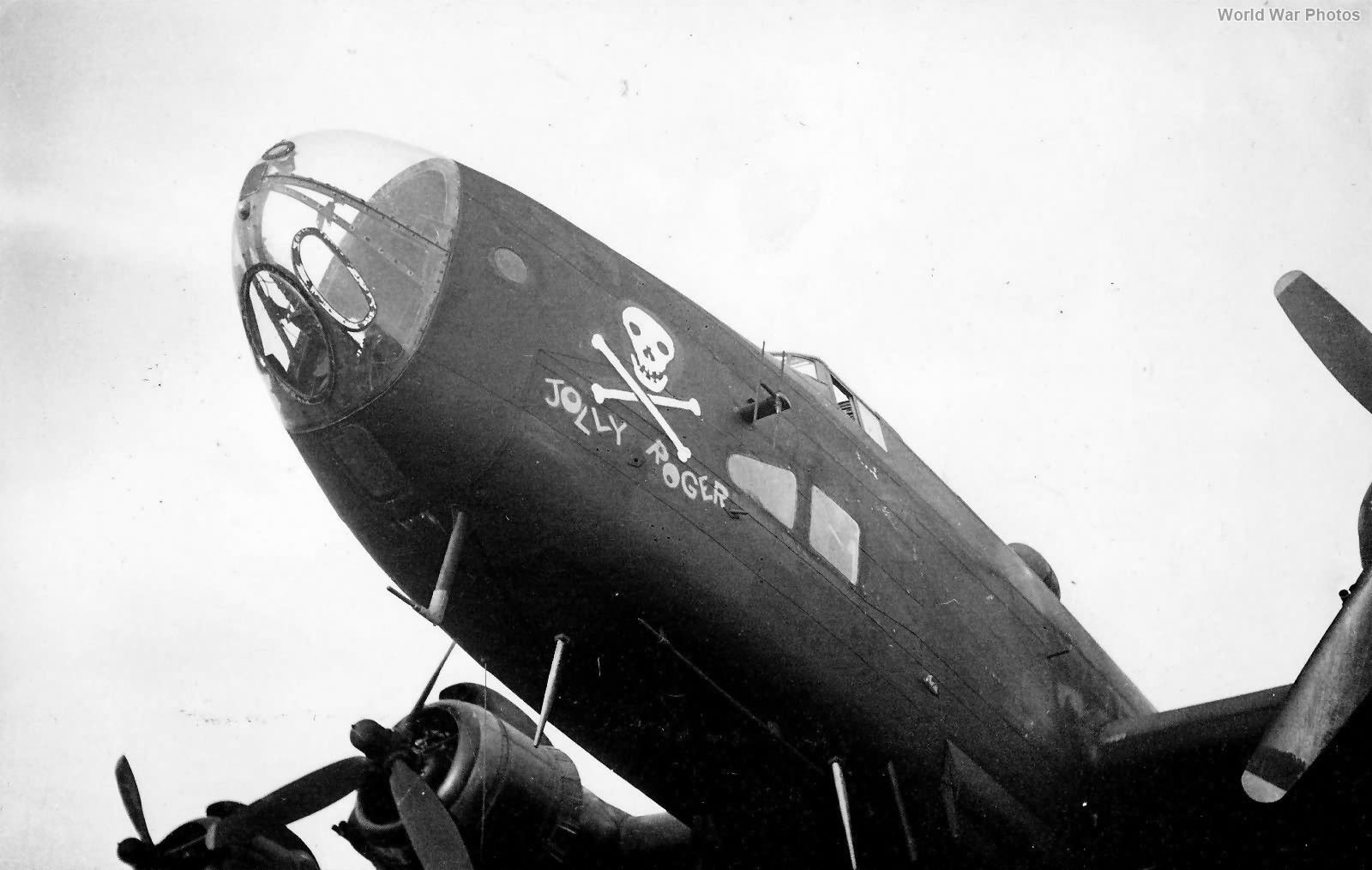Evolution of the Halifax’s Nose Design
The Handley Page Halifax, a crucial bomber for the RAF during World War II, underwent several design modifications to its nose throughout its development. These changes were driven by a variety of factors, including the need to improve performance, enhance crew comfort, and adapt to evolving operational requirements.
The Distinctive “Split” Construction and Initial Nose Configuration (1937-1940):
The Halifax, like its predecessor the Hampden, featured a unique “split” construction for ease of production. This design approach involved dividing the aircraft’s structure into several distinct units, impacting the nose’s layout and integration with the rest of the fuselage.
The initial nose configuration of the Halifax prototypes (L7244 and L7245), as seen in images from 1940, featured a rather blunt design. This early design incorporated a prominent, glazed “bay window” for the bomb aimer, a common feature in British bombers of the era, which, while providing excellent visibility, created significant drag.
Additionally, the early nose housed a Boulton-Paul Type C two-gun nose turret, a design inherited from the Lockheed Hudson. While providing forward firepower, these turrets added weight and drag, impacting the Halifax’s performance.
Operational Experience and the Pursuit of Performance (1941-1942):
Early operational experience with the Halifax revealed performance limitations, particularly when heavily loaded. The drag induced by the initial nose configuration, including the bomb aimer’s “bay window” and the nose turret, became a focus of attention for improvement.
There was a growing recognition that the nose turret, while theoretically useful, was of limited value during night operations, the Halifax’s primary role. This realization, coupled with the need to reduce drag, prompted investigations into removing the nose turret altogether.
In December 1941, discussions at the Air Ministry centered on the potential benefits of deleting the nose and mid-upper turrets. Handley Page, who had long favored minimizing the use of turrets for the sake of performance, strongly supported this idea. Removing these turrets promised weight savings of 1,450 lbs and a 16 mph increase in top speed, significantly enhancing the Halifax’s capabilities.
The “Tempsford” Nose and Streamlining Efforts (1942):
The need for a faster, longer-range Halifax for Special Operations Executive (SOE) missions, particularly those flown by No. 138 Squadron from Tempsford, provided the impetus for a radical nose redesign.
This led to the development of the “Tempsford” nose (Mod 398), which entirely eliminated the nose turret and featured a more aerodynamic fairing. This modification was first tested on Halifax W7774 in August 1942. The “Tempsford” nose, while cruder than later designs, provided an immediate improvement in performance and became a characteristic feature of the Halifax II Series 1 (Special) variant.
Concurrently, Handley Page continued to refine the nose design, seeking further streamlining. The Halifax II prototype L9515 was used to test a longer, more streamlined nose (Mod 452) constructed from Perspex, offering better accommodation for the navigator. This revised nose, combined with low-drag nacelles derived from the Beaufighter II, debuted on the Halifax II Series 1A prototype (HR679) in December 1942.
The Transparent Nose and Final Refinements (1943-1945):
The transparent nose (Mod 452) tested on L9515 proved successful and was adopted for production Halifax IIs and Vs from 1943 onwards. This design, with its improved aerodynamics and enhanced crew comfort, became a defining feature of late-war Halifaxes.
The transparent nose typically incorporated a 0.303-in Vickers “K” gun, often referred to as the “scare gun,” which offered limited offensive capability. Its primary purpose was likely to deter enemy fighters from approaching head-on.
The introduction of the Hercules XVI engine in the Halifax B.III in 1943 brought about further refinements, including a more rounded nose profile and the use of Beau fighter-style cowlings for the engines, all aimed at reducing drag and improving performance.
The development of the Halifax’s nose design exemplifies the continuous evolution of aircraft design during World War II. Driven by operational experience, performance requirements, and technological advancements, Handley Page’s modifications transformed the Halifax’s nose from its relatively blunt and draggy beginnings into a more streamlined and efficient design. The transparent nose, a defining feature of late-war Halifaxes, not only improved the aircraft’s performance but also provided better working conditions for the crew.
